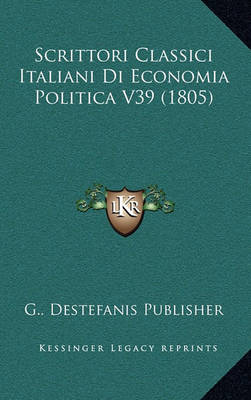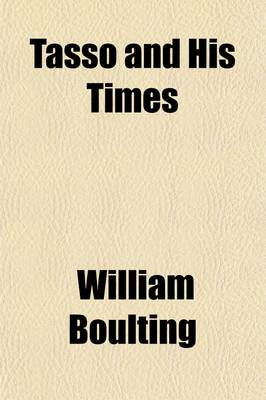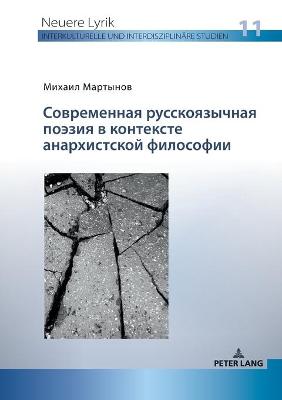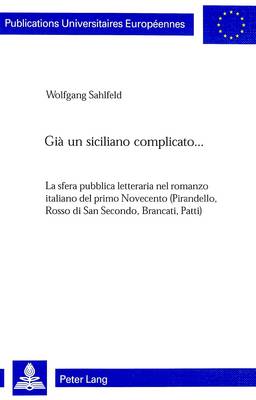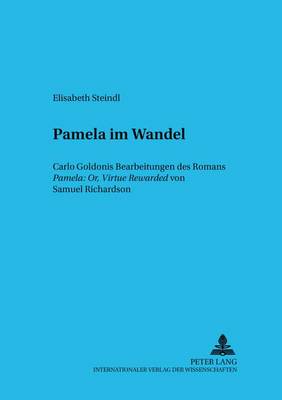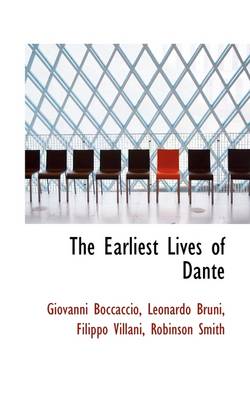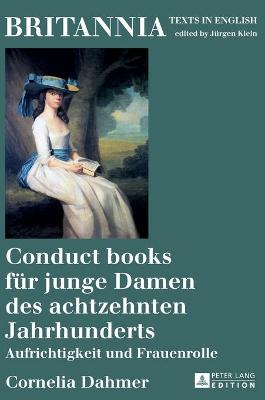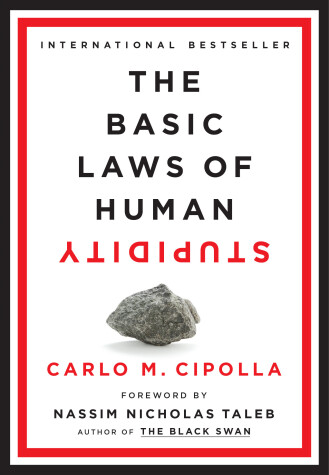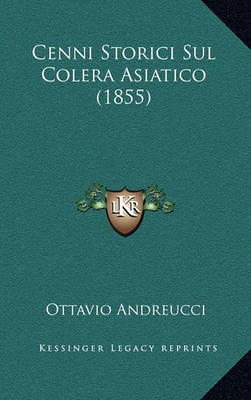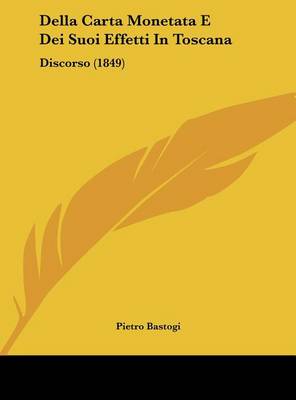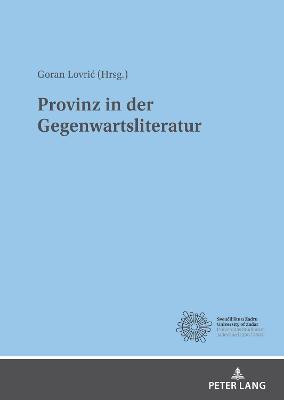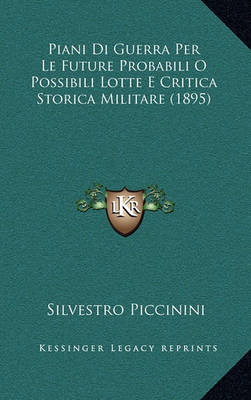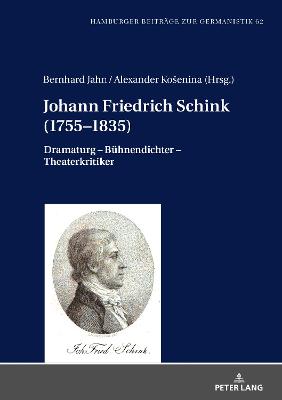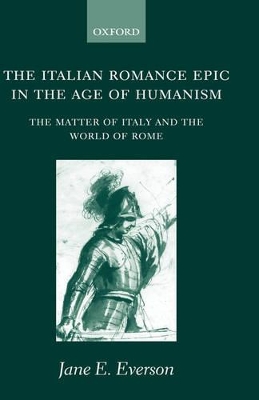Scrittori Classici Italiani Di Economia Politica V39 (1805)
by G Destefanis Publisher
Современная русскоязычная поэзия в конте (Neuere Lyrik. Interkulturelle Und Interdisziplinare Studien, #11)
by Mikhail Martynov
Poetik Und Programmatik Der Akademischen Lyrik Des Cinquecento (Studia Romanica, #204)
by Simona Oberto
In questo volume, l'autore applica il concetto habermasiano di "sfera pubblica letteraria" alla realta italiana. Un'attenzione particolare e rivolta al caffe e al salotto letterario come luoghi di socievolezza degli intellettuali. Ci si individuano le radici della rappresentazione di questi ambienti nell'ultimo Ottocento, tra naturalismo e tardo romanticismo. Al centro dell'analisi sta un romanzo di Pirandello, Suo marito. A partire da una decifrazione di questo romanzo a chiave, si tematizzano...
Este ensaio propoe a novela grafica como um genero literario, tendo como eixo estruturador a obra teorica de Rodolph Toepffer, e o seu conceito de literatura em estampas, um novo genero escrito atraves de texto e imagem. Centrado nos generos narrativos, dara especial destaque ao romance, cuja forma proteica permite assimilar novas formas romanescas, nomeadamente a novela grafica. No universo da novela grafica, a adaptacao de obras literarias, para alem de constituir uma pratica corrente, definid...
Pamela im Wandel (Wiener Beitraege zu Komparatistik und Romanistik, #10)
by Elisabeth Steindl
Goldoni, als der Reformator der italienischen Komoedie langst unumstritten Gemeingut von Buhne und Forschung, wurde als Librettist von der Kritik allzu lange verkannt. Die Verbindung von literatur- und kulturvergleichenden mit musikwissenschaftlichen Ansatzen in dieser Untersuchung hebt die enorme Bedeutung des Autors fur die Entwicklung der Librettistik hervor. Goldonis Innovationen werden dabei vor dem Hintergrund der literarischen und musikalischen Traditionen des 18. Jahrhunderts und der ver...
Italic, Latin, Italian (Indogermanische Bibliothek. 1. Reihe: Lehr- Und Handbucher)
by Ernst Pulgram
Conduct Books Fuer Junge Damen Des Achtzehnten Jahrhunderts (Britannia, #19)
by Cornelia Dahmer
Die Autorin erschliesst mit dem conduct book fur junge Damen einen in der anglistischen Forschung vernachlassigten Schrifttypus. Diese Textsorte des achtzehnten Jahrhunderts ist als fruhburgerlicher Typ von Ratgebertexten im Geiste des Zeitalters der Aufrichtigkeit interpretiert worden. Jedoch gelten conduct books fur Frauen seit Mary Wollstonecrafts "Vindication of the Rights of Women" (1792) als Anleitung zur Unaufrichtigkeit. Die Autorin setzt an diesem Widerspruch an und unterzieht elf Texte...
"A masterly book" —Nassim Nicholas Taleb, author of The Black Swan "A classic" —Simon Kuper, Financial Times An economist explains five laws that confirm our worst fears: stupid people can and do rule the world Throughout history, a powerful force has hindered the growth of human welfare and happiness. It is more powerful than the Mafia or the military. It has global catastrophic effects and can be found anywhere from the world's most powerful boardrooms to your local bar. It is human stu...
Della Carta Monetata E Dei Suoi Effetti in Toscana
by Pietro Bastogi
Characters and Authors in Luigi Pirandello
by University Lecturer in Italian Ann Hallamore Caesar
Piani Di Guerra Per Le Future Probabili O Possibili Lotte E Critica Storica Militare (1895)
by Silvestro Piccinini
Johann Friedrich Schink (1755-1835) (Hamburger Beitraege Zur Germanistik, #62) (Hamburger Beitrage Zur Germanistik, #62)
Johann Friedrich Schink gehoert zu den vielseitigsten Dramatikern der Goethezeit. Bereits 1775 gewann er mit Gianetta Montaldi den Hamburger Trauerspiel-Preis und erregte mit seiner Verspottung des Sturm und Drang im Marionettentheater grosse Aufmerksamkeit. Es folgen zahlreiche weitere Dramen, noch wichtiger ist aber seine Rolle als Kritiker, Dramaturg und Theatermacher in Graz, Hamburg, Hannover und Wien. Schink beteiligte sich am neuen Genre kritischer Auffuhrungsberichte, etwa mit Ueber Broc...
The immense success of the Italian romance or chivalric epic between the mid-fourteenth century and the sixteenth century constitutes a striking paradox. The flowering of the genre, between the composition of Boccaccio's Teseida and the Orlando Furioso of Ariosto occurred in precisely the same period as the emergence of Humanism and the revival of classical culture and literature based on re-readings of ancient texts. The two cultural phenomenon - of medieval, vernacular narratives and the imita...
